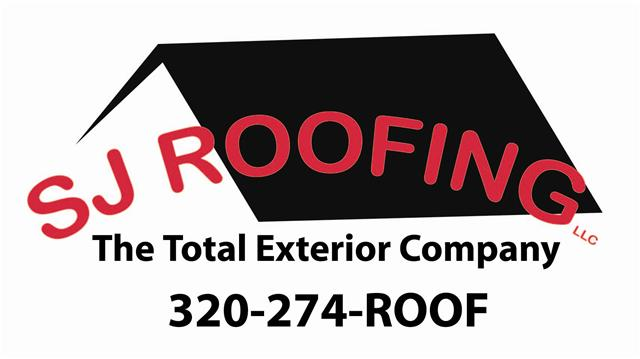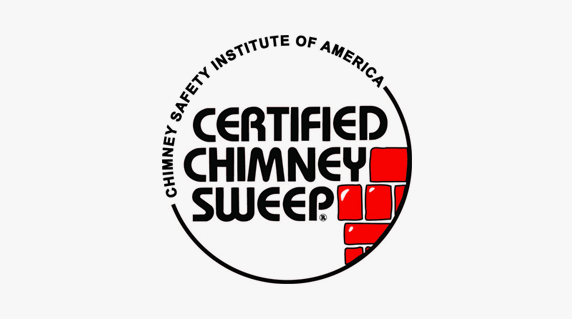Trouble Shooting
Services
Trouble Shooting
Our CSIA certified technicians have 23 years of experience determining and identifying issues with Fireplaces and Chimneys.
Back-puffing is when your fire produces smoke faster than the chimney draft pulls it out of the Chimney. Back-puffing happens when the smoke becomes dense enough to ignite in the firebox.
1. Is your damper fully open?
Everybody eventually forgets to open the damper. Many dampers also cease to fully open because of water damage or soot buildup behind them on the smoke shelf. A good professional cleaning can usually solve this problem.
2. Is your firewood green or wet from rain or snow?
Remember the main reason your fireplace works at all is the heat inside the chimney. If your wood is not dry and well seasoned it makes more smoke than heat and there simply may not be enough heat for the chimney to work properly
3. Is your chimney dirty?
The gradual accumulation of soot can seriously affect the way your chimney performs. Thick layers of soot of course can physically restrict the flue so there is no longer enough free area to vent the fireplace properly (see problem 5) but as little as a 1/4” to 1/2” inch buildup can make more difference than you might think. Consider that a 1/2” buildup will restrict the airflow by 17% for a typical masonry fireplace chimney, and by a whopping 30% for the average prefab. Birds and small animals also think your chimney looks like a hollow tree in which to set up housekeeping. Sweeps often find chimneys literally packed full of leaves, twigs and baby animals. The solution of course is a good cleaning and a chimney cap.
4. Is your chimney tall enough?
To function properly, the chimney should be at least 10 or 12 feet in overall height. Where it projects above the roof, the chimney should be at least 3 feet tall, and at least 2 feet higher than anything within 10 feet of it – including other buildings, trees, etc. If your fireplace smokes because your chimney is too short, the problem is usually worse when the wind blows.
5. Is your flue large enough for the fireplace opening?
There are many variables that can affect this including overall chimney height, how warm the flue stays, throat configuration, etc., but the basic rule of thumb here is that the area of the fireplace opening can be no more than 10 times the area of the flue (12 times for round flues). An undersized flue simply can’t handle the volume of smoke produced and some of it will spill back into the room. Since there is no practical way to make the flue size larger, the solution may be to make the room opening smaller with metal smoke guards or some creative masonry work. In fact there are now some pre manufactured refractory firebox retrofits that work well with a 15 to 1 ratio and deliver twice the heat of conventional fireboxes.
6. Is your chimney on the outside of the house?
Remember that warm rising air is the basic engine involved here. If you have a large masonry chimney on the outside of the house and its cold outside, the air inside of the chimney will also be very cold and it will want to fall down the chimney instead of rise. This can even happen a day or two after it’s warmed up outside. These chimneys may be hard to start and they may smoke, as the fire burns low. To help get the fire started many people light some rolled up newspaper and hold it up near the damper to get that cold plug moving upwards. Keeping a moderate sized but bright, actively flaming fire can also help this situation. Remember that as the fire dies down, it will revert back to the original direction of flow.
7. Is your home too tight?
Fireplaces require large volumes of air to burn. Visualize a 12“ x 12” column of air rising up your chimney and exiting the top the entire time your fireplace is working (but don’t visualize your heat bill!). This air comes from inside the living area and must somehow be replaced. With modern energy efficiency concerns most houses have been carefully insulated and weather-stripped to keep out the cold drafts. But, an undesirable side effect is that there is often no where for all that air leaving the chimney to get back in. This can lead to fireplaces that burn sluggishly and smoke. A temporary solution is to open a window to let in a little make up air, preferably on the windward side of the house. It can also lead to very dangerous carbon monoxide buildup if your fireplace and furnace must compete for combustion air, and a permanent solution should be found at once.
8. Your house can also be too loose!
A house that leaks too much air to the outside, especially a multi-story house that leaks air in the upper levels, can actually set up its own draft or chimney effect strong enough to overpower your fireplace chimney, particularly if the fireplace is located in the basement on a cold exterior wall. Be sure the attic access door is in place and that all upstairs windows are tightly closed.
BROWSE OUR WEBSITE
CONTACT INFORMATION
License Number: BC628701
Content, including images, displayed on this website is protected by copyright laws. Downloading, republication, retransmission or reproduction of content on this website is strictly prohibited. Terms of Use
| Privacy Policy








